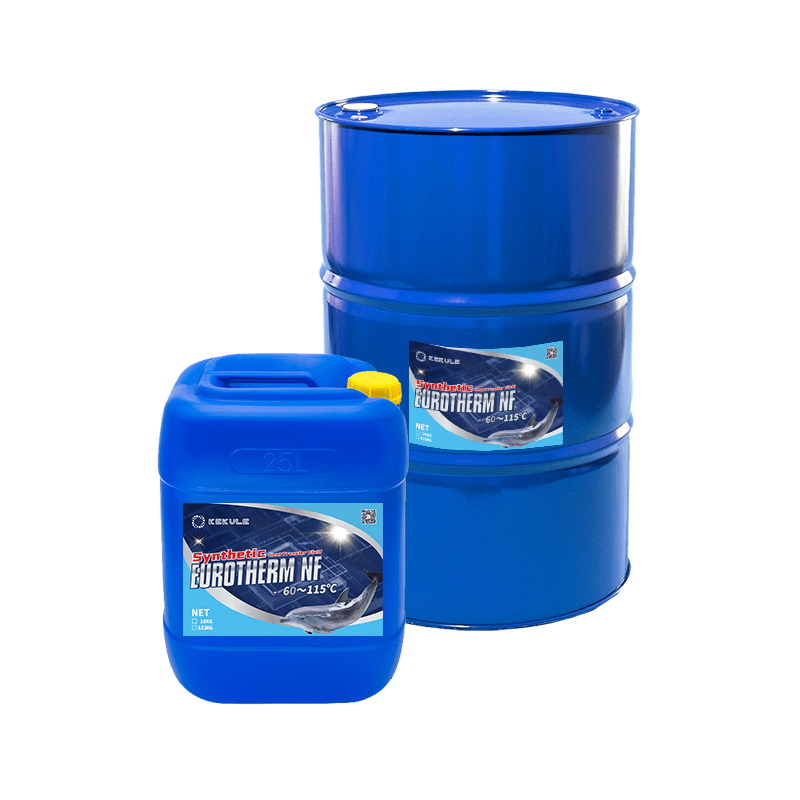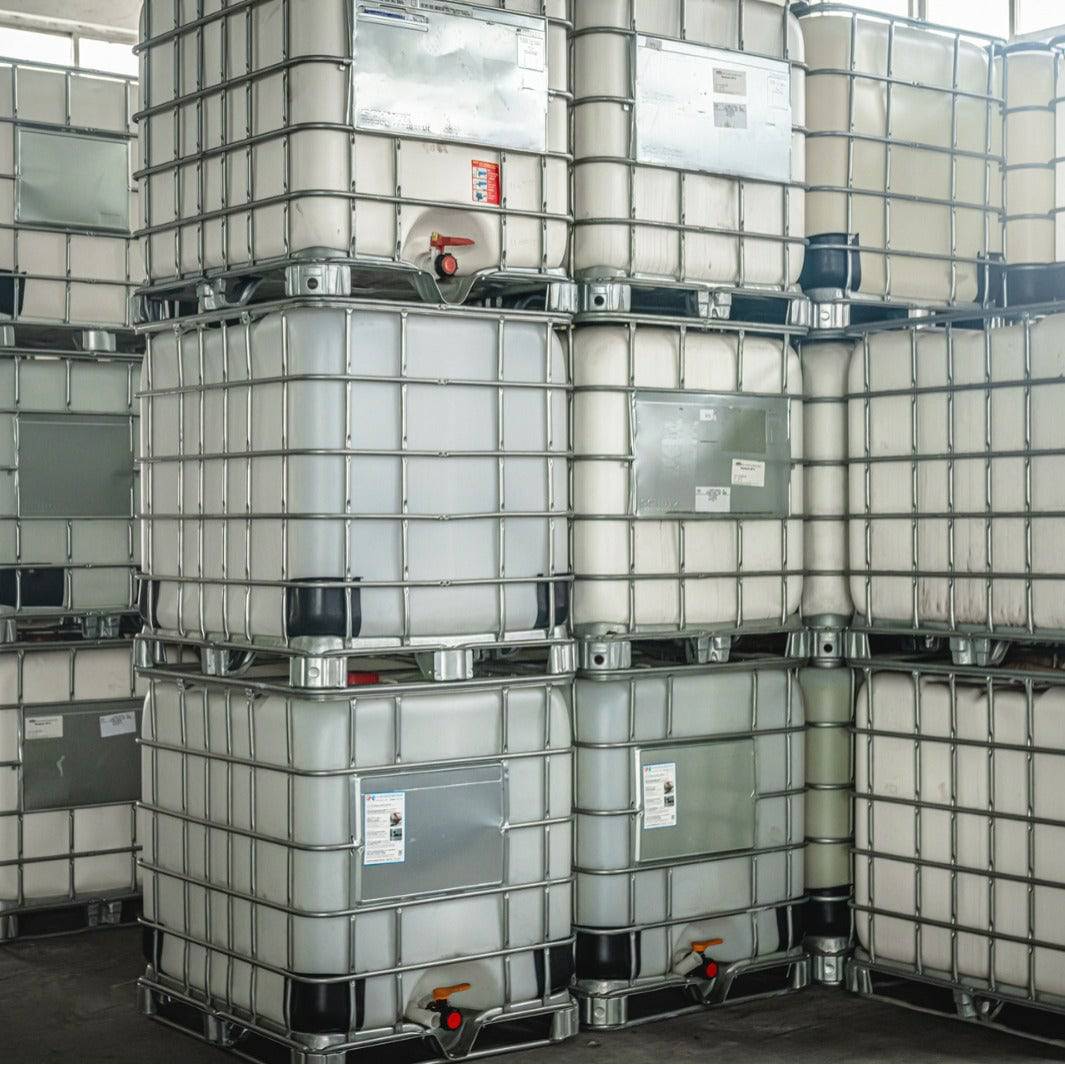The 6-Second Trick For Chemie
Table of ContentsThe Definitive Guide for ChemieWhat Does Chemie Mean?Chemie Fundamentals Explained7 Simple Techniques For ChemieWhat Does Chemie Mean?The Chemie PDFs
By Bojanna Shantheyanda, Sreya Dutta, Kevin Coscia and David SchiemerDynalene, Inc. Fluid cooling, which can be accomplished using indirect or direct methods, is utilized in electronic devices applications having thermal power thickness that may exceed risk-free dissipation with air cooling. Indirect fluid cooling is where warmth dissipating digital parts are literally separated from the fluid coolant, whereas in situation of direct cooling, the parts are in direct contact with the coolant.In indirect air conditioning applications the electrical conductivity can be vital if there are leaks and/or spillage of the liquids onto the electronics. In the indirect cooling applications where water based fluids with corrosion inhibitors are typically used, the electrical conductivity of the fluid coolant mostly relies on the ion focus in the fluid stream.
The boost in the ion concentration in a closed loophole liquid stream may occur as a result of ion leaching from metals and nonmetal components that the coolant liquid touches with. During procedure, the electrical conductivity of the fluid may boost to a level which can be damaging for the cooling system.
The smart Trick of Chemie That Nobody is Discussing
(https://triberr.com/chemie999)They are grain like polymers that are capable of trading ions with ions in a solution that it touches with. In today job, ion leaching tests were done with various steels and polymers in both ultrapure deionized (DI) water, i.e. water which is dealt with to the highest degrees of pureness, and reduced electrical conductive ethylene glycol/water combination, with the gauged adjustment in conductivity reported gradually.
The examples were permitted to equilibrate at space temperature for 2 days prior to tape-recording the preliminary electrical conductivity. In all examinations reported in this study fluid electric conductivity was determined to an accuracy of 1% utilizing an Oakton CON 510/CON 6 series meter which was calibrated before each dimension.
The Best Strategy To Use For Chemie
from the wall surface heating coils to the center of the heater. The PTFE sample containers were positioned in the furnace when steady state temperature levels were gotten to. The examination configuration was removed from the furnace every 168 hours (seven days), cooled to room temperature level with the electric conductivity of the fluid gauged.
The electrical conductivity of the fluid example was kept an eye on for an overall of 5000 hours (208 days). Schematic of the indirect shut loop cooling down experiment set up. Elements made use of in the indirect shut loophole cooling experiment that are in contact with the fluid coolant.

How Chemie can Save You Time, Stress, and Money.
Throughout operation the liquid tank temperature was kept at 34C. The change in fluid electric conductivity was monitored for 136 hours. The fluid from the system was accumulated and stored. Similarly, shut loop test with ion exchange material was accomplished with the same cleaning treatments used. The first electric conductivity of the 230ml UP-H2O in the system measured 1.84 S/cm.

0.1 g of Dowex resin was contributed to 100g of fluid examples that was taken in a different container. The combination was stirred and transform in the electrical conductivity at area temperature was measured every hour. The gauged modification in the electric conductivity of the UP-H2O and EG-LC test fluids having polymer or metal when involved for 5,000 hours at 80C is shown Number 3.
About Chemie
Ion seeping experiment: Calculated change in electrical conductivity of water and EG-LC coolants including either polymer or metal samples when submersed for 5,000 hours at 80C. The results show that metals added fewer ions into the page fluids than plastics in both UP-H2O and EG-LC based coolants.
Liquids containing polypropylene and HDPE showed the least expensive electrical conductivity modifications. This might be because of the short, stiff, direct chains which are less likely to contribute ions than longer branched chains with weaker intermolecular pressures. Silicone likewise executed well in both test liquids, as polysiloxanes are generally chemically inert due to the high bond energy of the silicon-oxygen bond which would certainly protect against destruction of the product right into the liquid.
10 Simple Techniques For Chemie
It would certainly be expected that PVC would produce comparable outcomes to those of PTFE and HDPE based on the comparable chemical structures of the products, nevertheless there may be various other impurities present in the PVC, such as plasticizers, that may impact the electric conductivity of the liquid - silicone fluid. Furthermore, chloride groups in PVC can likewise leach right into the examination liquid and can cause an increase in electrical conductivity
Polyurethane entirely disintegrated into the examination liquid by the end of 5000 hour test. Prior to and after pictures of metal and polymer samples submersed for 5,000 hours at 80C in the ion seeping experiment.
Calculated adjustment in the electric conductivity of UP-H2O coolant as a feature of time with and without material cartridge in the closed indirect air conditioning loophole experiment. The measured adjustment in electrical conductivity of the UP-H2O for 136 hours with and without ion exchange material in the loop is received Number 5.